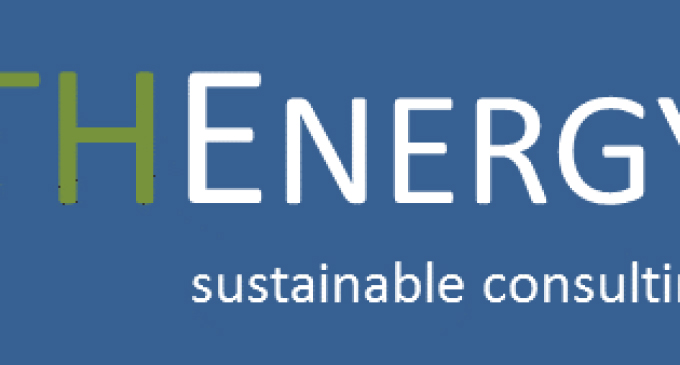Dr. Thomas Hillig, CEO of THEnergy, participated in and presented at the Energy and Mines Summit in London on January 28 and 29, 2016. More than 200 delegates from the mining, renewable energy and finance sectors attended this event.
THEnergy is a German-based consulting company specializing in renewable energy solutions for the mining industry, and it tries to bridge the gap between the various stakeholders involved. In this solar interview he speaks about the benefits of using renewable energies for mines.
What are your main impressions from the first European edition of the Energy and Mines Summit?
Dr. Thomas Hillig: We saw in London many more mining companies than expected. Mining companies were very interested in renewable energy solutions and wanted to more details. Such an event is a great opportunity to understand the needs of the various players much more.
Why does the topic of renewable energy for mining companies receive so much attention?
Hillig: There are many facets to this question. One definitely reason is that the topic is extremely polarizing. In the beginning, not many think of a good fit between the two sectors. However, on the second view there are many synergies. Renewable energy can help to lower the electricity costs of many mines and to improve the public perception of mining companies.
On the other side, renewable energy companies are in the process of redefining themselves and need to find new markets, because large grid-connected incentivized projects are becoming increasingly scarce, especially in Europe. For remote diesel powered mines, renewable energy often presents an interesting business case without any government incentives.
At what stage regarding renewables is the mining industry?
Hillig: There are many different statuses and positions. The spectrum ranges from mining companies that have built their first multi-megawatt solar and wind plants or are in the tendering process for huge projects. Sometimes, however, it seems that the renewable energy players need to communicate their solutions better.
During the conference I have often heard from mining delegates that renewable energy solutions are not yet mature, and that they will not make sense for 24/7 operations until storage solutions come down in price. In particular, the solutions for off-grid mines require excellent communication. They are often economically attractive, but at the same time also very complex.
Speaking about the renewable energy sector, what are your observations?
Hillig: One of the main obstacles that I see is that many renewable energy companies are not very experienced in marketing and sales. This is pretty normal given the fact that most of the market is made up of grid-connected projects, predominately in an incentivized context. There is not very much experience in convincing industrial customers of the economic advantages. The fact that renewables are not for all applications cheaper than conventional energy makes the situation even more challenging. To be successful, higher budgets for marketing and sales are most likely a must.
What were the main results of the summit?
Hillig: We have seen that investors and banks are very positive about renewable energy solutions, even for remote mines where the perceived off-taker risk is typically much higher than for grid-connected projects. It is also clear that many renewable energy solutions are mature and that the technology is there. Last but not least, mining companies are interested.
Why don’t we see more renewable energy plants at mines then?
Hillig: I think that the development is pretty normally and reflects some trends that are right now not really favorable. First, the down cycle in the mining industry requires management attention for more substantial topics, and mining companies that want to seize the opportunities that renewable energy presents simply do not current have the financial means to do so.
A second reason is the oil price crash. In theory, temporarily low oil prices should only have a limited influence on long-term investment decisions regarding renewable energy plants. In reality, the low oil price slows the development down, even if it is mainly for psychological reasons.
What are the lessons learned from the summit for your company?
Hillig: It became obvious that we have to steer our communication in two different directions. We will continue to issue reports about solutions that are of special interest for certain segments of the mining industry. For example, we have two upcoming reports: one is for an integrated solution that combines gas engines with solar thermal solar for providing base load electricity to mines; the other will be about mobile mining solutions that mainly address the needs of customers active in mining exploration.
In parallel, we will also try to publish more basic content that aims at educating mining executives that so far have not been in touch with renewable energy solutions. Finally, we as a neutral company with a background in conventional and renewable energy, need to also state more in the future that renewables are not always competitive and that economic advantages depend very much on mine-specific factors.

